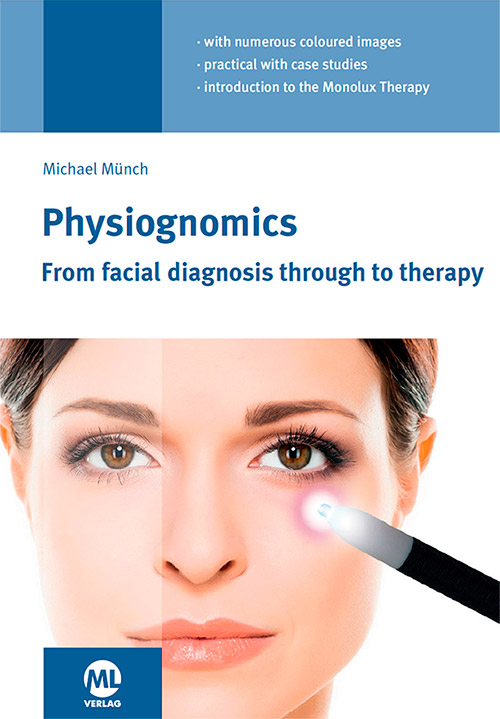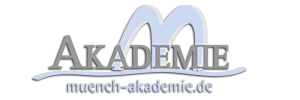€ 0,00
Welcome!
Since we only have our shops in german language and it’s too complicated to use for people that don’t understand german, we offer you a simple method via the paypal-button.
The trade off is, it’s a manual process. So if you have bought one of our english products, we’ll send you the mail with the ebook/video link within 24 hours – not immediately.
Physiognomics – From facial diagnosis through to therapy (PDF)
Psychophysiognomics is the study of form and expression. It takes into consideration the shape of the body and the face. It can also be called the “mirror of our personality.” Every organ has a distinct expressionzone in the face.
By “physiognomy” we mean observing, recognizing and interpreting what we see. Everything we see is defined by its form, colour, radiation and tension, whether it’s in nature, in architecture or in a person’s face and form. In this sense, abnormalities and organ disorders are clearly visible in the expression areas of the face. If we know their meaning, we can read them. Various teaching systems already exist, and one of my aims is to better connect these systems with each other, without violating their claim to originality. Psychophysiognomics combines well with pathophysiognomics.

Introduction to Physiognomics
Psychophysiognomics is the study of form and expression. It takes into consideration the shape of the body and the face. It can also be called the “mirror of our personality.”
Carl Huter calls his doctrine a “practical understanding of human nature.” He describes how the body’s interior condition is demonstrated by its outer appearance. We evaluate this through keen and non-judgmental observation—intuitive seeing—that allows us to assess a person’s well-being, his or her strengths and weaknesses.
Natural forces shape our form and appearance. Whatever appears dominant in the face is also more influential. The nose, for example, says something about the strength of will, the chin about the assertiveness and the forehead reflects whatever spiritual matters a person might be dealing with.
Huter describes three basic elements that express a person’s primary needs: nutrition, sensation and movement. Every human being shares all of these, though one or two of them are often predominant. If they are in balance, Huter says they are in “harmony.” The base of his theory is the order of directions of power, which describes the physical forces and principles from which all forms derive.
Huter was born October 9, 1861 in Heinde near Hildesheim, he died December 4, 1912 in Dresden.
E-Book (PDF), 88 Pages
€ 29,95 incl. Tax
Introduction to Physiognomics and Monolux therapy
The discourse is held in english with live spanish translation. It contains of 6 parts and has the length of approx. 12 hours.
You can watch the first part here for free.
Access to the whole discourse (approx. 12 hours in 6 parts) on our website
€ 150 incl. Tax
Free Downloads as PDF
- Face Diagnosis and Monolux (EN)
The Face Diagnosis, a method of deriving specific symptoms from the facial skin is equivalent to the Pathphysiognomik by Natale Ferronato. - Face Diagnosis Presentation Hawaii (EN)
Lecture in Hawaii - Monolux-FAQ (EN)
After receiving many requests, we are now collecting answers and solutions to malfunctions of the MONOLUX Pen or MONOLUX Combi - Monolux-Flyer (EN)
The uniqueness with the Monolux Therapy System is the simultaneous discovering, measuring, and treating of therapeutically significant reflex points on the body - Monolux-Pen Instructions (EN)
The unit called “MONOLUX Pen” with color changing LED light pen is designed as an accessory to the MONOLUX therapy system. - Pathophysiognomics – What is this ? (EN)
An overview and the origins of Pathophysiognimics
Alle Preise inkl. gesetzlicher Mehrwertsteuer. zzgl. Versandkosten, wenn nicht anders beschrieben.
Abhängig von der Lieferadresse kann die Mehrwertsteuer an der Kasse variieren.
